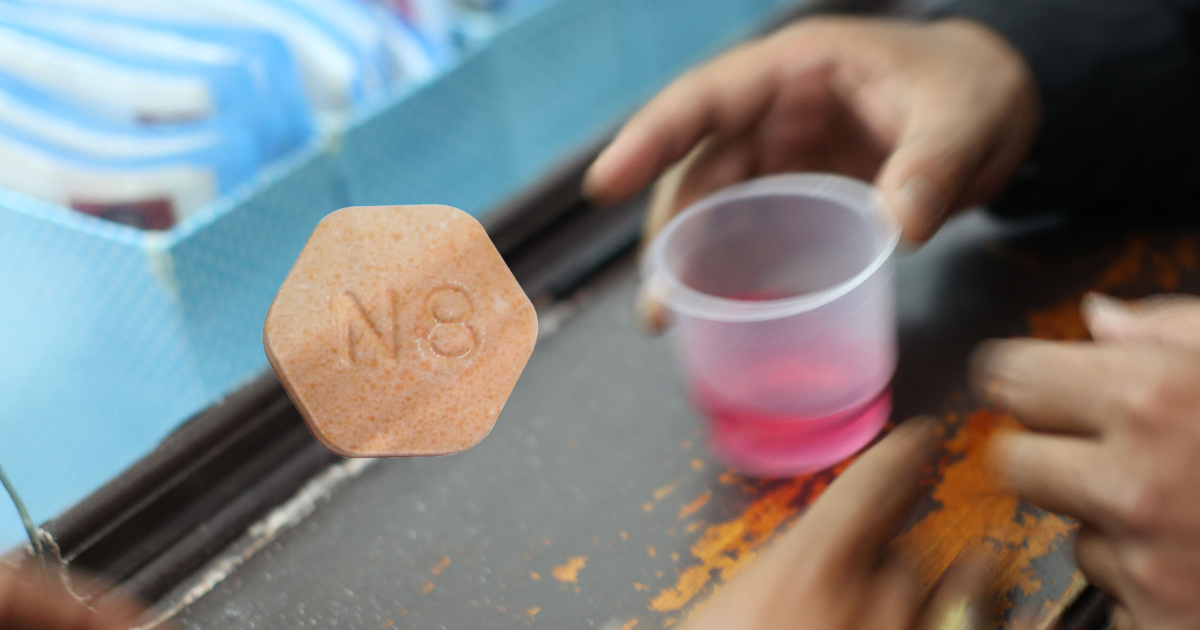Suboxone and Methadone should not be used together. Combining these two drugs can lead to several potential risks and complications such as opioid overdose or precipitated withdrawal. Additionally, each medication has its side effects, and combining them can amplify these side effects. These can include:
- Sedation
- Confusion
- Difficulty breathing
- Coma or death in severe cases
Mixing these two medications without the guidance of a medical professional can cause a life-threatening condition known as opioid toxicity or overdose. This occurs because Methadone and Suboxone are both opioids and combining them can result in an excessive opioid amount in the body. This can overwhelm the body’s ability to metabolize the drugs, causing an overdose.
Another risk is precipitated withdrawal, which happens when someone using methadone, a full opioid agonist, takes Suboxone too soon. The buprenorphine in Suboxone can displace methadone from the opioid receptors, often causing severe and rapidly appearing withdrawal symptoms.
Learn more about Suboxone by reading our Sober Facts profile on the medication or find a Suboxone doctor near you.
Both Suboxone and Methadone aid opioid use disorder (OUD) recovery. Suboxone, a blend of opioid agonist buprenorphine and opioid antagonist naloxone, manages opioid cravings without causing a high, while naloxone deters misuse. Methadone, a long-acting opioid agonist, curbs withdrawal symptoms from opioids and reduces cravings, with healthcare provider supervision, such as treatment through Landmark Recovery, minimizing misuse risks.
How is Methadone Used in Treatment?
People have been using the synthetic opioid Methadone for decades to treat opioid use disorders. The goal of methadone treatment is to improve the overall health of individuals, helping them achieve and maintain recovery and enhancing their life quality.
Here’s a breakdown of how addiction treatment typically uses methadone:
- Managed Withdrawal: Healthcare providers often use Methadone to manage the acute physical symptoms of withdrawal in medically supervised withdrawal, formerly known as detoxification.
- Maintenance Therapy: After detoxification, methadone serves as a maintenance medication. Methadone, a long-acting opioid, helps individuals stabilize by reducing physiological cravings for opioids and mitigating withdrawal symptoms.
- Structured Treatment: Comprehensive treatment programs should incorporate methadone treatment. These programs include counseling, regular monitoring, and other forms of social support that target all aspects of an individual’s life, such as employment, mental health, and family relations.
- Slow Tapering: Gradual discontinuation of methadone under medical supervision prevents withdrawal symptoms. This process, known as tapering, considers factors like the treatment duration, other medical or mental health conditions, and patient readiness.
Methadone treatment doesn’t substitute one addiction for another; it’s part of a broader therapeutic strategy. Methadone allows the brain to heal while blocking the euphoric effects of opioids, reducing cravings, and enabling the individual to work on necessary behavioral changes for long-term recovery.
What is Buprenorphine?
Buprenorphine, a key component of Suboxone, is an FDA-approved medication used in opioid addiction treatment. The partial opioid agonist stimulates the brain’s opioid receptors similarly to full agonists like heroin or methadone but to a much lesser degree. This partial activation helps to reduce cravings and withdrawal symptoms experienced by individuals with opioid use disorder.
As a partial opioid agonist, Buprenorphine contributes to a “ceiling effect”, a plateau where additional medication does not increase its effects. This makes Buprenorphine safer than full opioid agonists because it significantly reduces the risk of misuse and overdose.
Suboxone combines Buprenorphine with Naloxone, an opioid antagonist. Naloxone deters misuse. If taken as directed (under the tongue), Naloxone has minimal effects as it is poorly absorbed. However, if someone attempts to misuse Suboxone by injecting it, Naloxone will cause immediate withdrawal symptoms, thus discouraging such behavior.
Therefore, Buprenorphine plays a dual role in Suboxone: it helps to mitigate the painful symptoms of opioid withdrawal. It reduces cravings while simultaneously working with Naloxone to reduce potential misuse. This combination provides an effective tool in treating opioid use disorder, aiding individuals on their recovery journey.
Key Facts About Suboxone and Methadone
Remember these key facts about Suboxone and methadone:
- Suboxone and Methadone are Medications for OUD: Both Suboxone and Methadone effectively treat opioid use disorder, but they work differently and professional supervision should administer them.
- Understanding Suboxone: Suboxone is a combination of buprenorphine and naloxone. Buprenorphine is an opioid agonist, while naloxone is an opioid antagonist. Together, they reduce cravings and the risk of misuse.
- Understanding Methadone: Methadone is a long-acting opioid agonist. It helps manage withdrawal symptoms and reduce cravings for opioids.
- Risks of Mixing Suboxone and Methadone: Combining Suboxone and Methadone can lead to life-threatening conditions such as opioid toxicity or overdose and precipitated withdrawal. It can also amplify side effects such as sedation, confusion, and difficulty breathing.
A Safer Path Forward
Due to the inherent risks associated with the co-administration of Suboxone and Methadone, Landmark Recovery strongly discourages this practice. Understanding the challenges faced by those struggling with OUD is crucial, and individuals need the right information to make safe and informed decisions about their treatment.
We strongly advocate for medical supervision in all phases of addiction recovery. The complexity of drug interactions and individualized reactions underline the need for a personalized, medically supervised approach to recovery.
At Landmark Recovery, we provide a variety of evidence-based addiction treatment programs, including medication-assisted treatment (MAT). We ensure that all our patients’ treatment plans are individualized, safe, and effective.
Call Us Today
Are you or a loved one struggling with opioid addiction? Our experienced, compassionate team is ready to provide the support needed for a healthier future. We’re here to guide you through each step of your recovery journey. Reach out to Landmark Recovery at 888-448-0302. Don’t let addiction control your life or the life of your loved ones. Help is only a phone call away.

Choose Recovery Over Addiction
We're here 24/7 to help you get the care you need to live life on your terms, without drugs or alcohol. Talk to our recovery specialists today and learn about our integrated treatment programs.




